Financial leaders of seven major economies met amid a global banking crisis, public debt burden and interest rates.
Today, the finance ministers and central bank governors of the G7 countries will hold a 3-day meeting in Niigata (Japan). The meeting takes place in the context of the world facing a series of risks.
In the US, President Joe Biden and lawmakers are locked in a battle to raise the debt ceiling, and the worst banking crisis since 2008 has begun to choke off lending.
In Europe, inflation persists. German industrial production is plunging. The Russia-Ukraine conflict has dragged on for a second year with no end in sight.
Globally, labor shortages and inflation are fueling strikes from British train drivers to Hollywood writers. Hot weather threatens to disrupt food and energy supplies. Manufacturing activity is shrinking around the world . Tensions between the United States and China simmer.
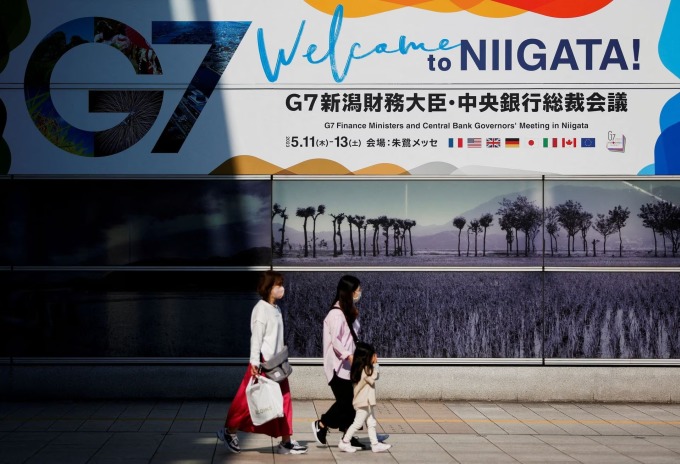
The G7 financial leaders meeting will take place in Niigata (Japan). Photo: Reuters
With the exception of Japan, policymakers elsewhere are also fighting inflation, launching the most aggressive rate hikes in decades, which has hurt the economy.
The US Federal Reserve (Fed) has hinted that it may stop raising interest rates. However, European Central Bank (ECB) President Christine Lagarde warned last week that the bank would "continue to pursue its objectives", meaning it would continue to raise interest rates.
“The near-term recession risk is accelerating. If the US and other economies contract in the coming months, prices could be contained without putting central banks in a difficult position,” said Bruce Kasman, chief economist at JPMorgan Chase.
Other issues that will be discussed at the meeting include strengthening the global financial system, reducing debt for poor countries amid a stronger dollar and building more supply chains. The G7 countries want to agree on an ambitious statement on diversifying supply chains and avoiding dependence “on countries like China”. They will do this through cooperation with low- and middle-income countries.
Optimists point to a global performance that is better than forecast at the start of the year, driven largely by an easing of the energy crisis in Europe, a surprise reopening of China’s economy and strong U.S. jobs data that eased recession fears.
Still, investors are bracing for tougher times. Stan Druckenmiller, billionaire founder of Duquesne Family Office, said at an investment conference on May 9 that the US economy is on the brink of a recession and will have a “hard landing.”
When G7 finance ministers met in Washington last month, they said global economic growth was better than expected. Inflation was still accelerating, central banks were still determined to keep prices under control, and recent banking turmoil had raised economic risks.
But since then, both the Fed and the ECB have raised rates. The Bank of England is expected to do the same today. US Treasury Secretary Janet Yellen has warned of “economic and financial disaster” if the US does not raise its debt ceiling. The collapse of First Republic Bank late last month added to a string of banking crises in the US.
"We cannot paint a clear picture of the global economy. Inflation remains too high. Risks are numerous, especially challenges related to recent volatility in the banking sector," economists at HSBC concluded in a recent report.
Ha Thu (according to Bloomberg, Reuters)
Source link



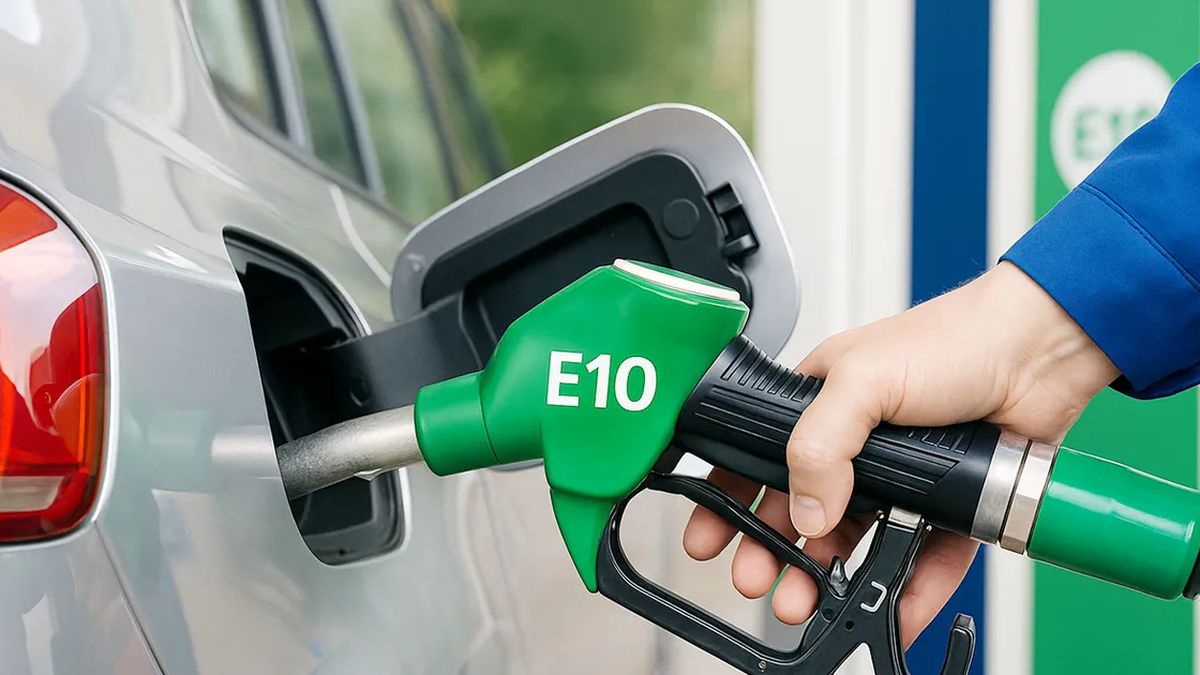
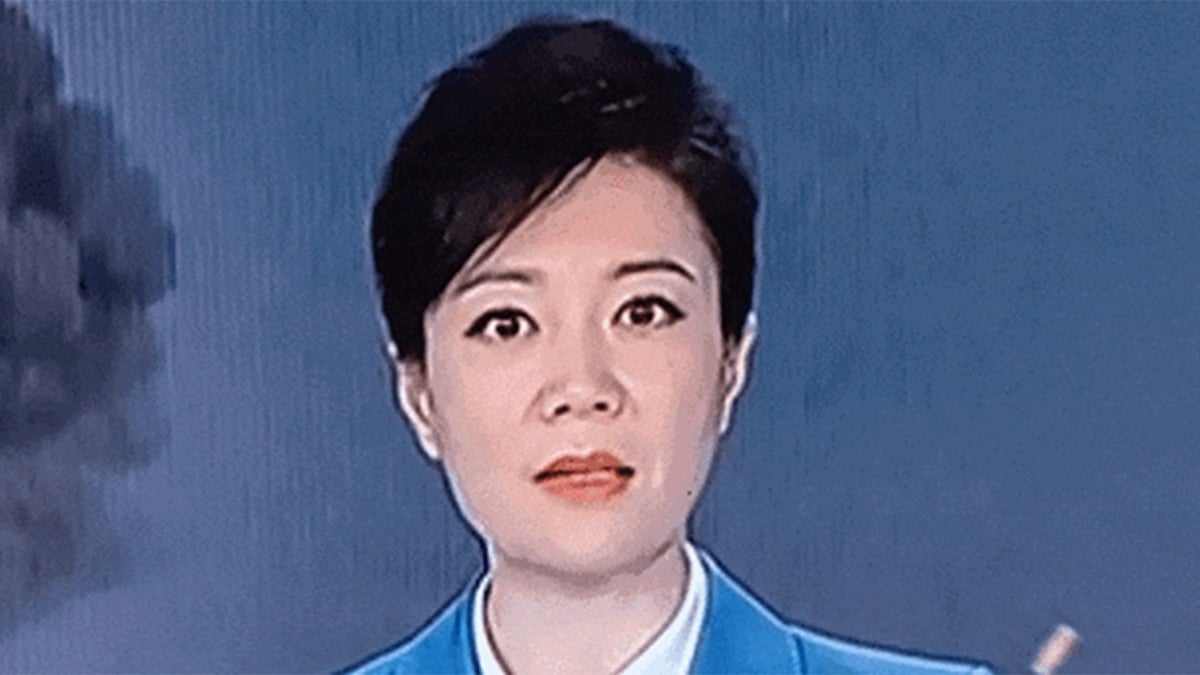

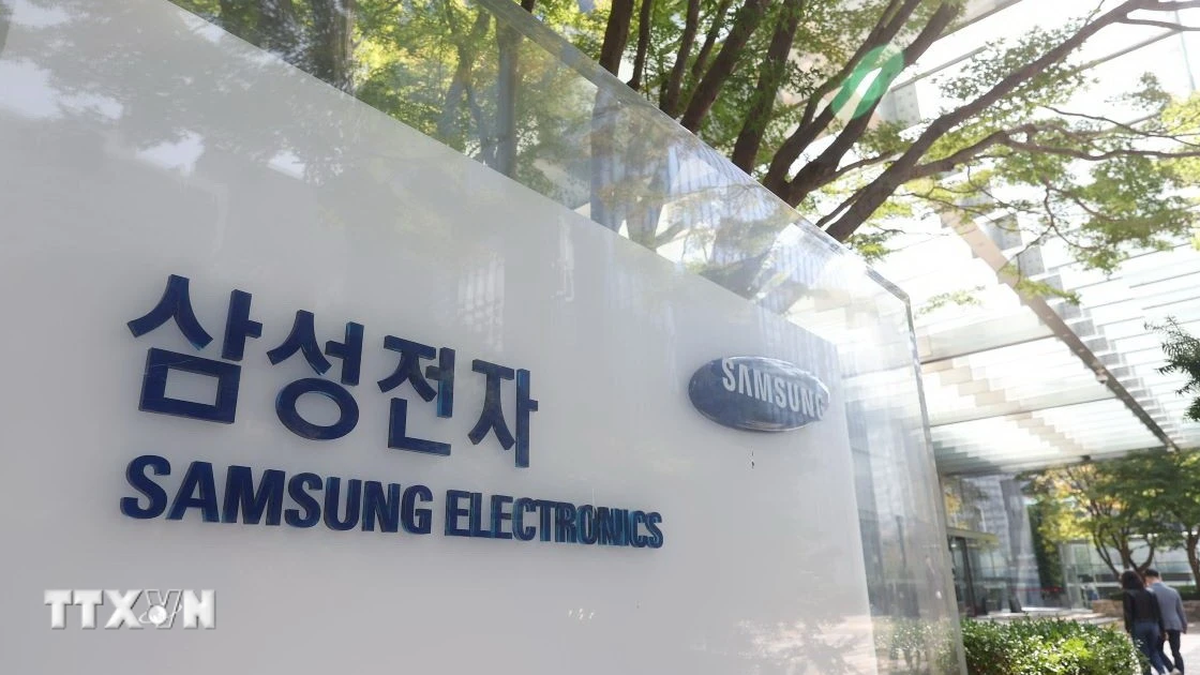
























































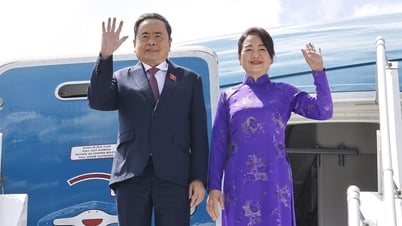





































Comment (0)